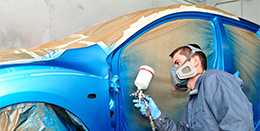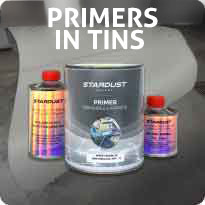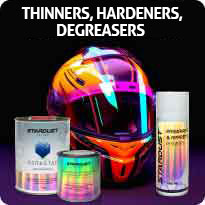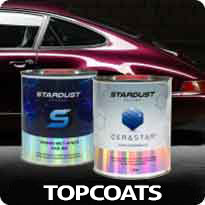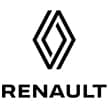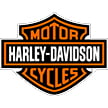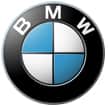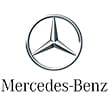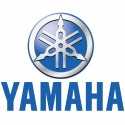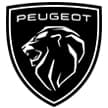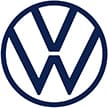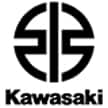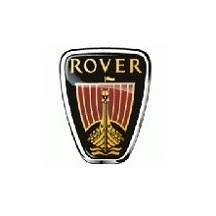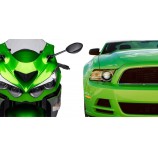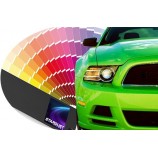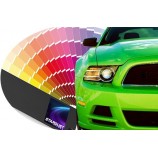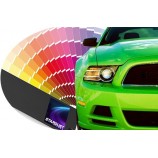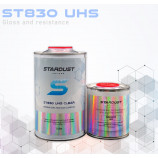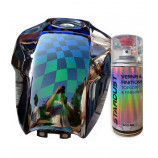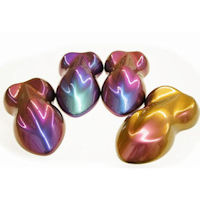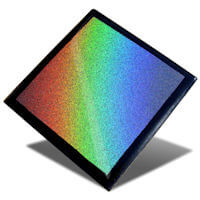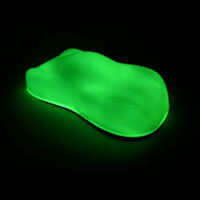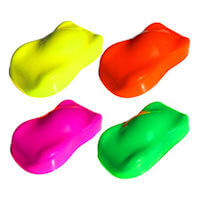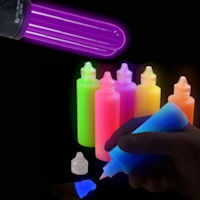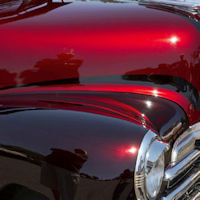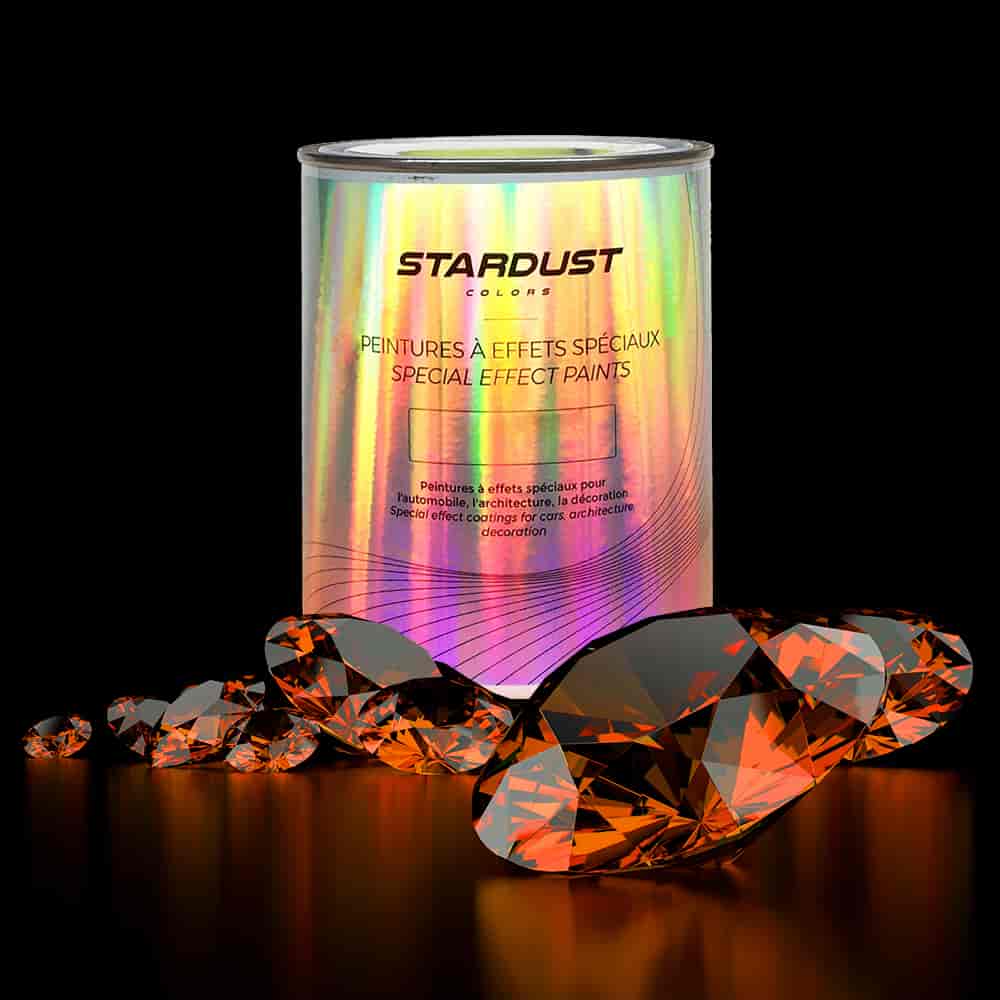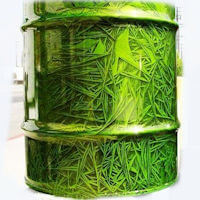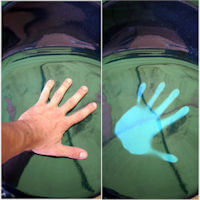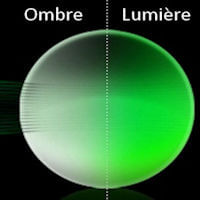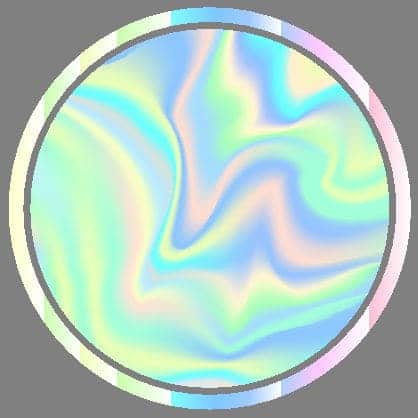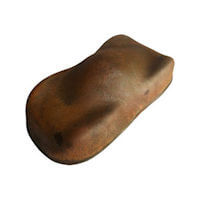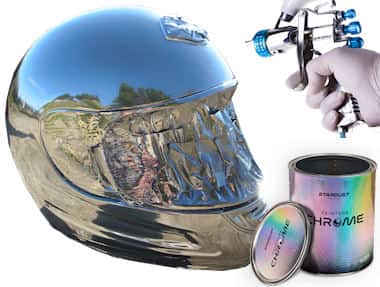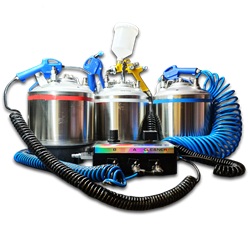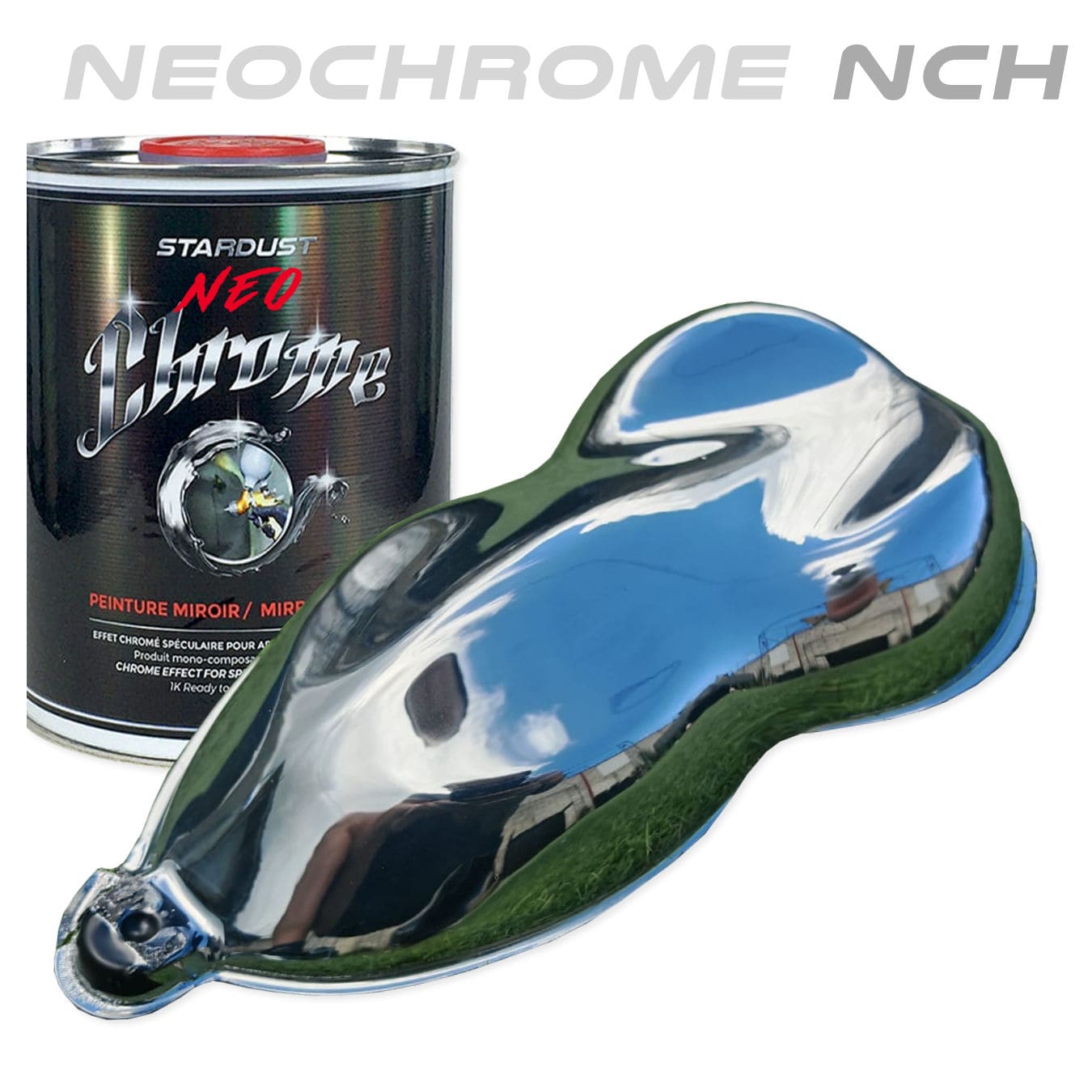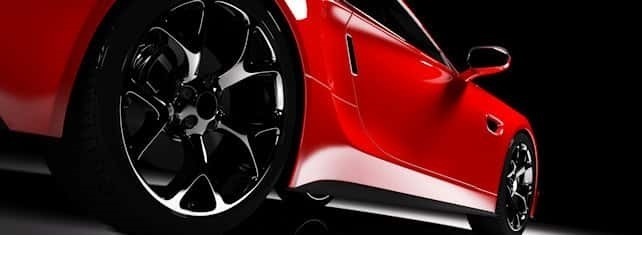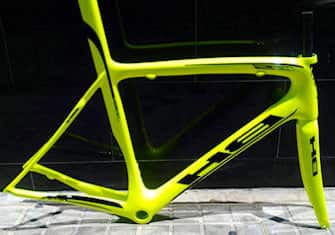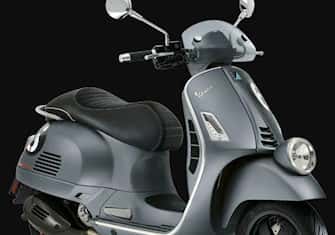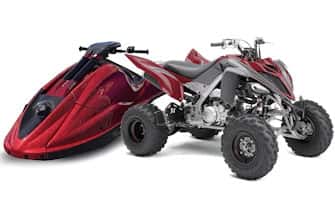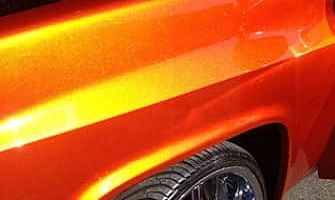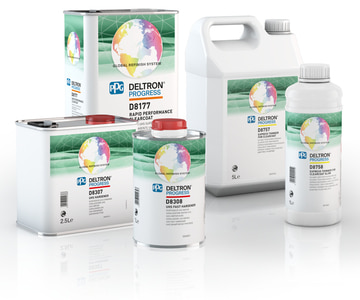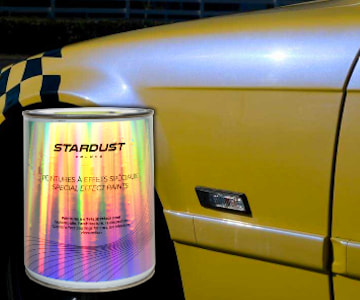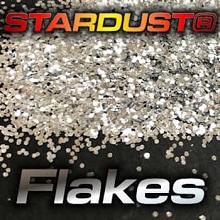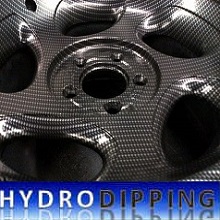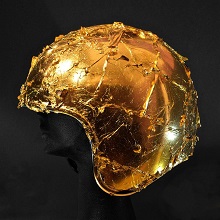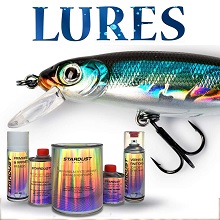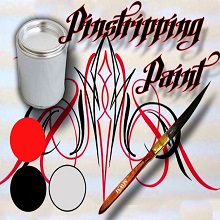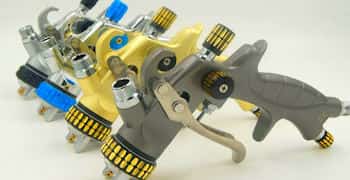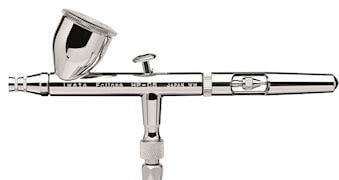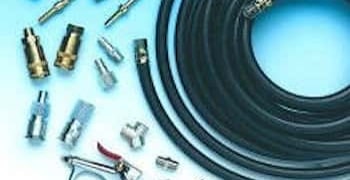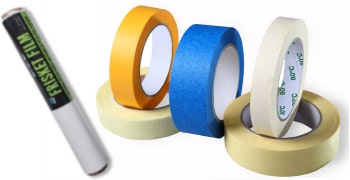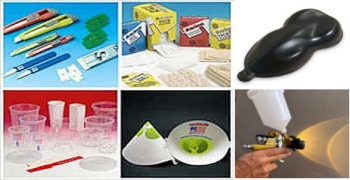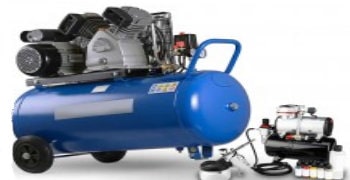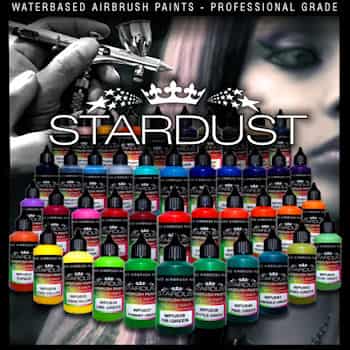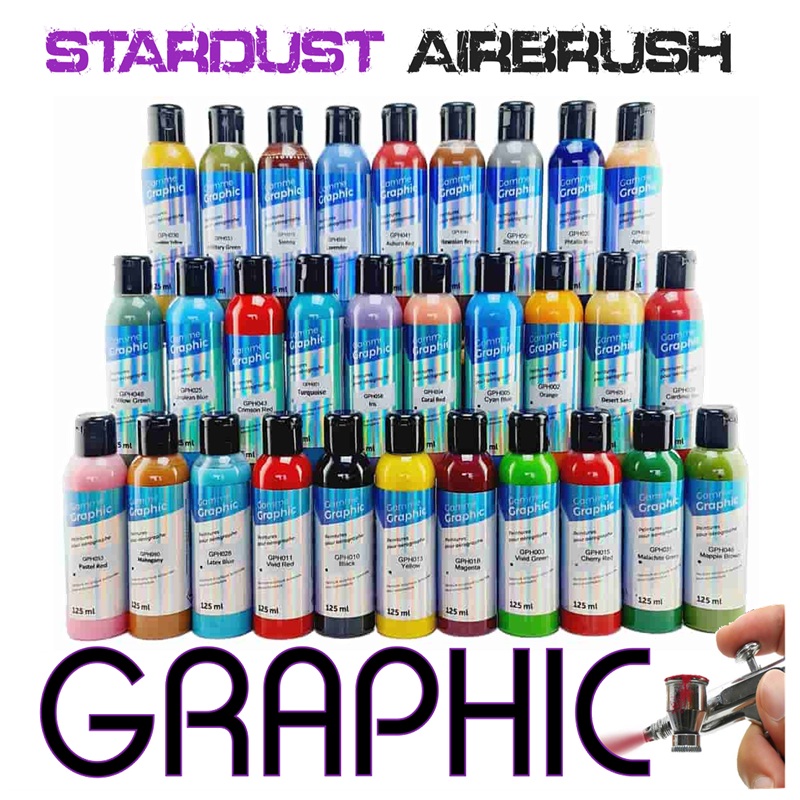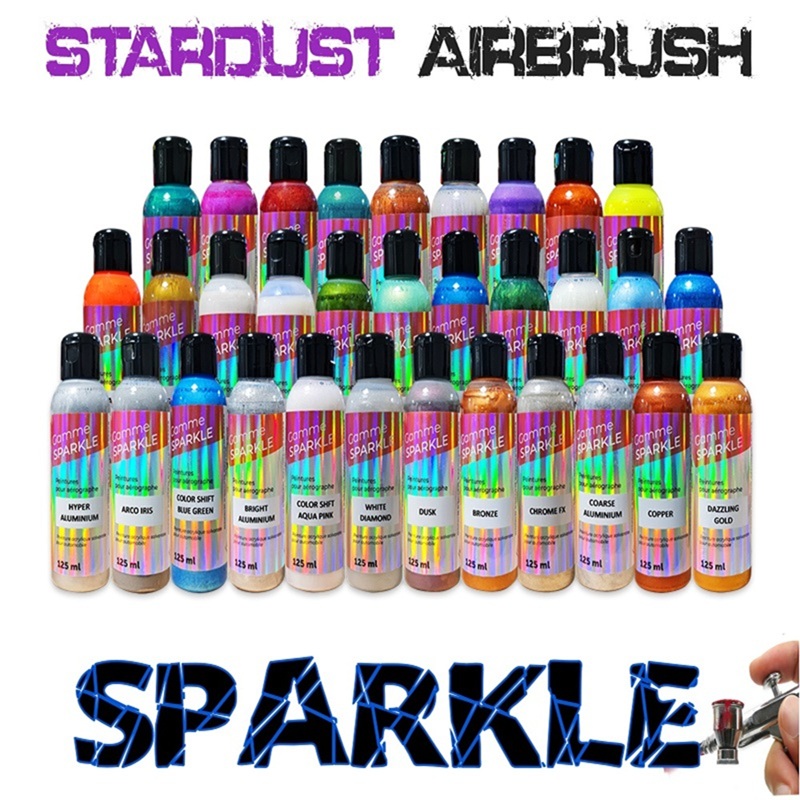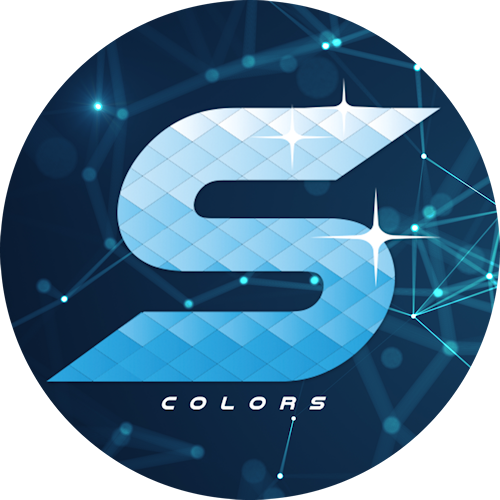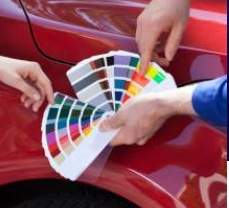Painting a small part of your car (Rover) is possible, even if you are not a professional painter and do not have a booth. Painting a complete vehicle is another story... In any case, we can advise and guide you through the colour codes of other European cars and in particular, the colour codes of Rover cars.
We are available to advise you on the products to choose and the techniques to adopt concerning your Rover colour code paint and its variants. Our technical support is available for any questions and also to check your Rover paint if you have any doubts: colors@stardustcolors.com
The paints for this English manufacturer are produced in our warehouse on the same day the order is placed. Preparing the colour is a job requiring precision, for which we are committed to providing a quality product with a colour that exactly matches the original paint.
Regarding the ordering process: everything is done online, very simply and quickly. Just go to the "1K basecoat" product page and select one of the available packagings, either in cans or in aerosols. If you have a spray gun, we clearly recommend using the can version.
For the choice of quantity, or rather volume, as paints are sold by volume and not by weight, you should count around 1 litre for approximately 5 to 6 m². Please note that the 400ml aerosol version contains 75% gas and only 25% paint.
ROVER car colour codes
Even if you are not a professional car painter, and you're only carrying out a small touch-up on your wing mirror or a door, you are entering the specific world of these complex painting techniques. We will explain in just two sentences the reason and principles behind contemporary automotive paint.
The modern paints that coat our vehicles are pearlescent and metallic paints, thanks to their content of pearlescent or aluminium pigments. Gone are the days of simple opaque and glossy lacquers. These modern paints are very easy to apply, as they are fluid and thin. They dry quickly and do not require complex mixing with hardeners. Let’s not forget that they do not present any risk of runs, as they dry very quickly.
These paints, such as those used for the Rover colour codes, are called "1K basecoats". They are also referred to as “two-coat paints”. Why these names? Because the paintwork is done in two steps, not two coats: paint first, then the transparent and glossy Topcoat for finishing and protection.
In this category dedicated to Rover paint, we offer either the paint corresponding to the Rover colour code, or a complete kit including a primer and a Topcoat.
Do you need a primer or an undercoat?
This is a common question, and most customers believe they need a primer. In truth, not necessarily. This undercoat is only necessary in the case of very damaged or scratched paintwork. If the surface is not perfectly smooth after sanding (P500), then two coats of this filler primer must be applied, followed by heavy sanding to restore a smooth surface. We recommend wet sanding.
The history of the ROVER manufacturer
Rover is one of the oldest automotive brands. The name dates back to before the creation of the automobile itself, as it can be found as early as 1878, when the company was producing bicycles. The brand manufactured vehicles until 2005. Since then, Jaguar and Land Rover have been using the same production facilities but no longer produce vehicles under the Rover name.
Like many other car manufacturers, Rover changed ownership many times throughout its history. Today, it has given way to more prestigious brands such as Land Rover and Mini. The brand gained fame in the 1970s with the release of its superb all-terrain vehicle, the Range Rover. At the time, it was one of the first vehicles to combine true off-road capability with high comfort for road and motorway use. The Range Rover was a major success, known for its comfort and power. Many versions followed over the next 50 years, right up to the present day.
Where to find the colour code of your ROVER car ?
All our automotive paints with manufacturer references are solvent-based, whether as 1K basecoats or 2K paints.
For ROVER brand vehicles, the plate showing the colour code (VIN plate) may be found in four different places:
- Inside the engine bay.
- On the front bonnet flap.
- On the rear bonnet flap.
- In the boot.
You may refer to the images provided below which illustrate the location. The colour code is always composed of three or four digits.

The iconic colours of ROVER cars
No particular Rover paint colour has become legendary or left a notable mark on automotive colour history. However, our database, which we use to consult colour formulas in our computer system, contains a large number of highly requested shades, dating from the 1970s to the 1990s.
Rover colour codes are unique in that they do not contain any letters, only numbers—an uncommon trait among other brands.
Here are some examples of colour codes, with their corresponding names, for the Rover brand. These are now included in our Range & Land Rover database, distinct from that of Mini and Jaguar.
Colour code / Colour name / Vehicle make and years
005 / PASTEL GREEN / LAND AND RANGE ROVER 1959 - 1984
018 / TEAL BLUE / LAND AND RANGE ROVER 1970 - 1974
052 / BRIGADE RED / LAND AND RANGE ROVER 1973 - 1982
053945 / SMOKE GRAY / LAND AND RANGE ROVER 1963 - 1972
Mini car colour code
Skoda car colour code
Volvo car colour code
Iveco car colour code
Lada car colour code
car colour code
BMC car colour code
Jaguar car colour code
Land Rover car colour code
MG car colour code
Rolls Royce car colour code
Lotus car colour code
Saab car colour code







